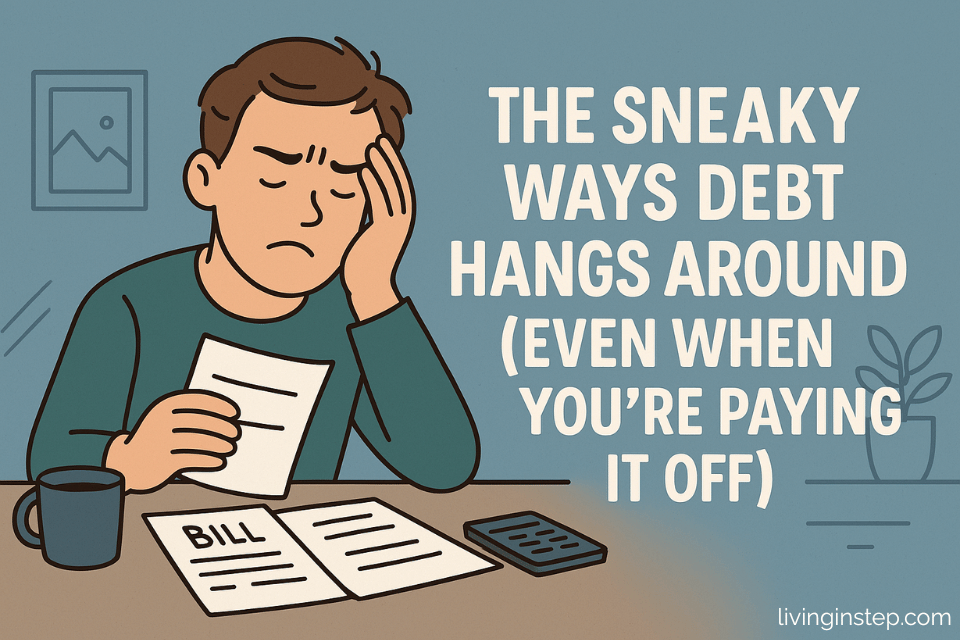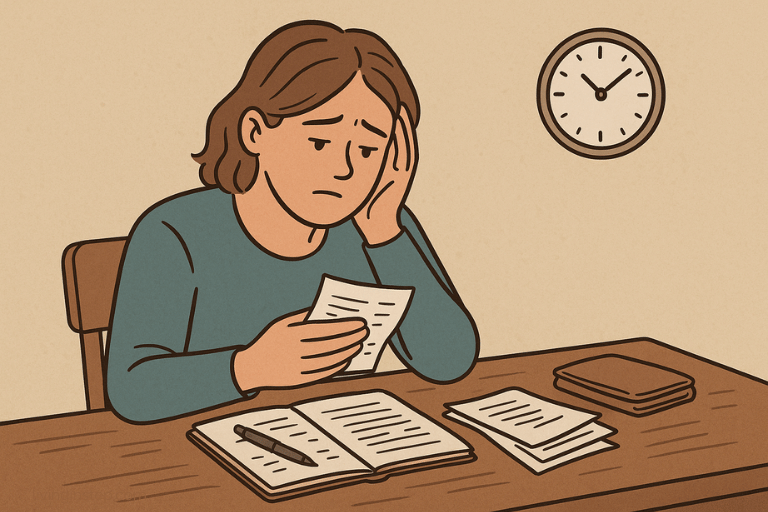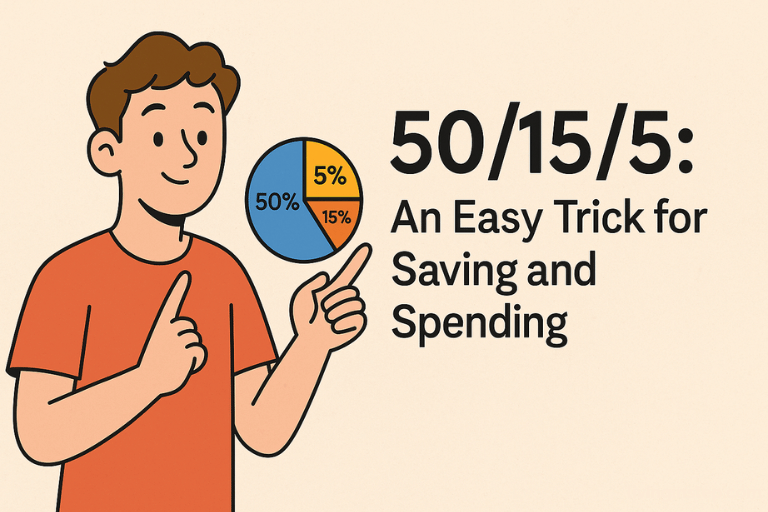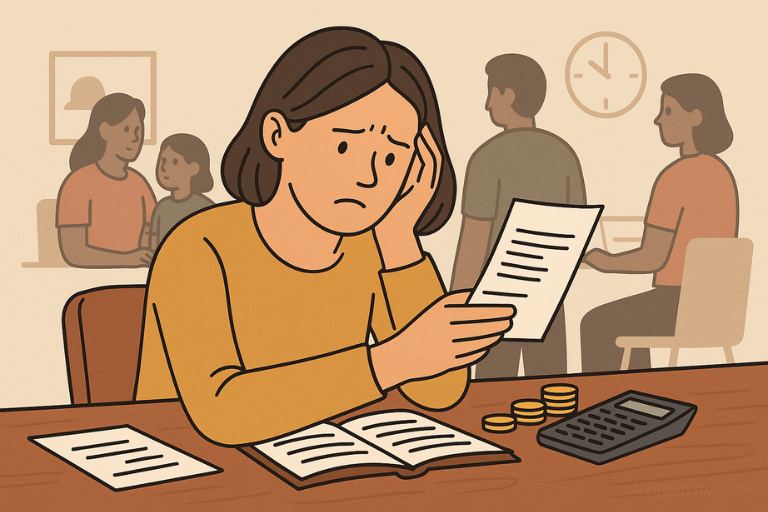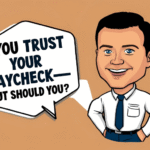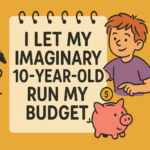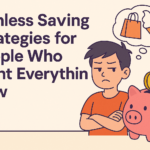You’re doing everything you’re supposed to.
You make the payments
You don’t take on new debt
You keep it all tracked and under control
And yet—months pass, and somehow, that debt still feels just… there.
Like it’s not shrinking
Or it’s shrinking so slowly you can barely tell
Like no matter what you do, the finish line keeps drifting out of reach
It’s frustrating. But more than that, it’s confusing.
Because if you’re making progress, shouldn’t you feel it?
The truth?
Debt doesn’t always respond to effort in a straight line.
You can do everything right and still feel like you’re stuck
You can follow the plan and still feel like you’re going nowhere
And that doesn’t mean you’re doing it wrong
It might just mean there are a few things quietly working against you
Things that aren’t obvious
Things that don’t show up in the monthly statement
Things that keep debt lingering—even while you’re trying to let it go
You might be doing the math right—but still getting the emotion wrong
Here’s where the real problem begins:
Debt is technically a number
But it behaves like a weight
It doesn’t just sit in your account—it sits in your mind
So even when you’re paying it off, you might still feel like you’re under it
And that weight? It leads to decisions that make the debt last longer than it needs to
Let’s talk about what those look like
You’re only watching the balance—not the behaviors
You see the total go down, and it feels good
But then a rough month hits, and you let the budget slide a little
Then you bounce back, recommit, and keep going
But all those resets? They add up
Because the habit of repayment is just as important as the payment itself
If the process isn’t stable, the progress won’t be either
You’re paying the debt—but still borrowing energy
This one’s subtle.
Maybe you’re not using the credit card
But you’re using the tax refund
Or the bonus
Or the next paycheck before it even lands
And every time that happens, debt shifts forms
It doesn’t disappear—it just trades names
You’re not being careless. You’re being stretched.
But that’s often the reason debt lingers—it hides in timing
You haven’t separated emergency from everyday
You try to pay off the card
But something always comes up
So you put it on the card again
And just like that, you’re back where you started
If your emergency fund isn’t doing any of the heavy lifting
Your debt is doing all of it
That loop is exhausting. And if you’ve ever felt like you were chasing your tail with repayments—this is probably why
The debt feels so big, you stop trying to shrink it in small ways
This one doesn’t get talked about enough.
When you’re carrying a balance that feels overwhelming, small payments feel pointless
So you avoid them
You wait until you have “enough” to make a difference
But the sneaky thing about debt is—it grows while you wait
Even small consistent payments chip away at interest
Not just principal
And ignoring it—even with the best intentions—lets it quietly get worse
Here’s something to think through…
If you’ve ever thought:
“I’m doing everything I can… why is this not moving?”
You’re not alone.
You’re not doing it wrong.
And you’re not failing.
You might just be dealing with one of these patterns that keep debt around longer than it needs to stay
They’re subtle
They’re persistent
And they don’t go away just because you’re trying
Final thought
Debt doesn’t always show up as a big number
Sometimes it’s just a quiet drain
A timeline that never quite speeds up
A feeling that no matter how hard you work—it’s never quite gone
But once you start spotting the ways it hangs around behind the scenes
You can start cutting those patterns off at the root
Not with pressure
Not with guilt
But with clarity
And that changes everything
Note: This content is for entertainment purposes only and is not financial advice. Please consult a qualified financial advisor for guidance specific to your situation.

